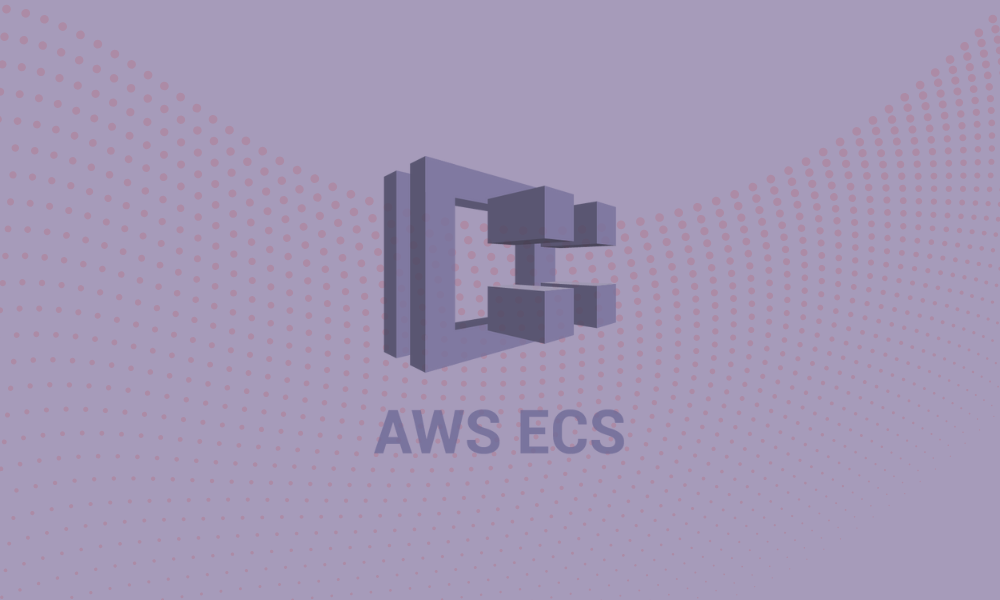Our client, a leading fintech company in India, processes over 500,000 monthly transactions for merchants across industries like e-commerce and retail. Their platform was hosted on an EC2-based architecture, which became increasingly expensive and operationally complex as they scaled. With monthly cloud costs exceeding $15,000, manual deployments taking hours, and reliance on DevOps for routine updates, the client needed a cost-effective and scalable solution to optimize their infrastructure while maintaining high availability and performance.
Challenges Faced by the Client
- High Cloud Costs:
- The client relied on over-provisioned EC2 instances (t3.xlarge for low-CPU workloads), leading to significant idle capacity during off-peak hours.Lack of auto-scaling resulted in inefficient resource utilization, with compute costs exceeding $15,000/month.
- Slow Deployment Cycles:
- Manual AMI updates and server provisioning caused deployment times of 2–3 hours, delaying feature releases and bug fixes.
- The absence of a CI/CD pipeline required heavy DevOps involvement for even minor application updates.
- Operational Dependency:
- Without automation tools like Terraform, the client’s infrastructure management relied heavily on manual processes, increasing operational overhead and error rates.
- Scaling for peak traffic of 100 TPS was reactive rather than proactive, leading to downtime during high-demand periods.
Solution Proposed by DigiCraft
- Migration to ECS Fargate:
- Replaced EC2 instances with containerized workloads running on AWS Fargate. This eliminated the need for instance management while dynamically scaling tasks based on traffic (20 TPS during valley hours to 300 TPS during peak hours).
- Right-sized compute resources using optimized configurations
- Automated CI/CD Pipeline:
- Built an end-to-end pipeline using AWS CodePipeline, CodeCommit, CodeBuild, and ECR for containerized deployments to ECS Fargate.
- Reduced deployment times from 2–3 hours to just 15 minutes, enabling faster feature releases.
- Cost Optimization Strategies:
- Implemented Savings Plans for predictable workloads, reducing compute costs by 32%.
- Utilized spot tasks for non-critical batch jobs, cutting costs by up to 65%.
- Automated cleanup of idle resources using Lambda functions during off-peak hours.
- Infrastructure as Code (IaC):
- Used Terraform to codify infrastructure configurations for consistent deployments across environments (development, staging, production). This reduced operational dependency and ensured scalability.
- Real-Time Monitoring and Alerts:
- Integrated logs with Amazon CloudWatch for real-time monitoring of container performance. Configured alerts via SNS for proactive issue resolution.
Results Achieved
- Cost Savings: Reduced monthly cloud spend from $15,000 to $9,000, achieving a savings of over 40%, including Savings Plans optimization.
- Faster Deployments: Deployment times dropped from ~ 3 hours to just 15 minutes, enabling quicker feature rollouts.
- Improved Resource Utilization: Increased utilization from 45% (EC2) to over 85% (ECS Fargate) through dynamic scaling.
- Reduced Operational Dependency: Automated infrastructure management reduced DevOps tickets from 120/month to just 20/month, freeing up resources for innovation.
- Scalability During Peak Traffic: Seamlessly handled traffic spikes of up to 100 TPS without downtime or latency issues.
Reach Out to Us
At DigiCraft Technovision Private Limited, we specialize in delivering robust DevOps and cloud solutions tailored to accelerate your digital transformation. Our expertise spans cloud platforms such as AWS and Azure, where we design, automate, and optimize scalable infrastructures using best-in-class practices like Infrastructure as Code (IaC), CI/CD pipeline automation, and advanced security protocols. We empower businesses to achieve operational agility, cost efficiency, and high reliability by streamlining software development, deployment, and ongoing cloud management. If you’re looking to enhance your cloud strategy or optimize your DevOps workflows, our team is ready to help you achieve your business goals
Email us at [email protected]
Visit our website at https://digicraft.ai
Let’s collaborate and innovate together!






